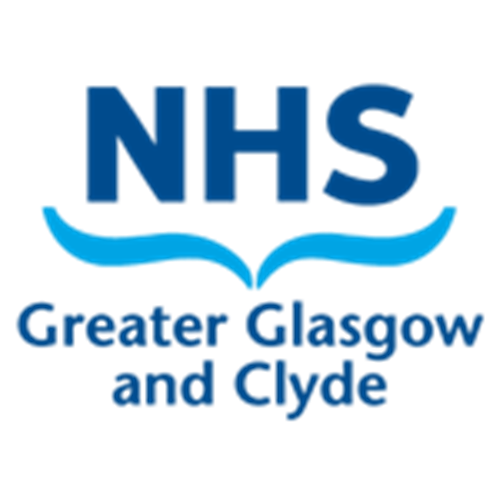Scotland is committed to supporting and promoting breastfeeding as the healthiest way to feed your baby (4) becoming breastfeeding friendly Scotland report). Breastfeeding is recognised as a unique interaction between mother and baby which not only feeds and comforts but also helps prevent against infection and disease. (1)
Risk factors in the early neonatal period can make supplementation with formula more common (1). The aim of this guidance document is to reduce these supplements and increase the amount of breastmilk given to at risk neonates.
Where a mother is unable to or does not wish to express in the ante natal period, discussion should take place about the use of donor breast milk in the early neonatal period for supplementation.


